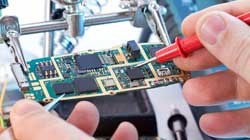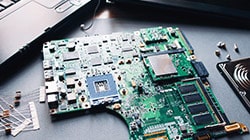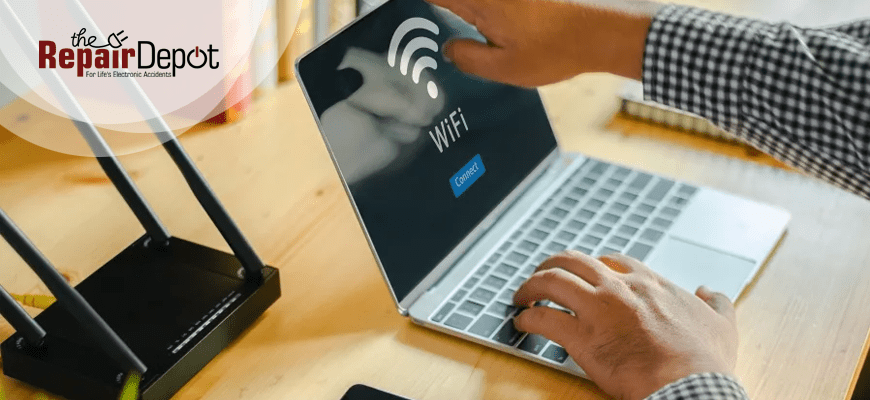
Whether working from home, playing an online game, streaming your favorite TV show, or connecting with loved ones, a slow or weak Wi-Fi signal can be incredibly frustrating. If you're struggling with sluggish internet speeds and an unstable wireless connection, here's what you can do to improve your Wi-Fi signal and coverage in your home.

Check your internet connection
Before taking any further steps, first, you want to ensure that your internet connection is as good as it should be. To get accurate results, run a speed test first with an Ethernet cable and then wirelessly. So, grab an Ethernet cable and connect your device directly to the router. Run a speed test to measure your internet's upload and download speeds.
Compare the results with the plan you are subscribed to with your Internet Service Provider (ISP). If you get the expected speeds, your internet service works well. However, if the actual speeds consistently fall far below the promised rates, contact your ISP to troubleshoot any potential issues with your connection.
If the problem isn't in the internet service itself, it's time to put your Wi-Fi to the test. Run a speed test wirelessly while standing close to the router and in different areas of your home. Pay close attention to the results. If you discover that speeds are satisfactory near your router but not so good in other parts of your home, it's a clear sign that action needs to be taken to enhance your Wi-Fi network.
Move your router to a different spot
Moving the router to the right spot can bring about a significant change in signal strength and coverage. Where to place your router for the best Wi-Fi signal? Ideally, in a central, open location of your home, with minimal obstructions. This means away from corners, walls, reflective surfaces, and large metal objects as they can weaken the signal. Elevating the router off the floor and placing it on a shelf or desk can also help improve its range and connectivity to all your devices.
Reduce interference from other electronics
Gadgets like baby monitors, Bluetooth speakers, cordless phones, or home appliances like microwaves can interfere with your Wi-Fi signal because they operate on the same frequency as your router (2.4GHz). Try to keep other electronics away from your router to minimize signal disruption, or use the 5GHz frequency (if your router supports it), which is less susceptible to interference.
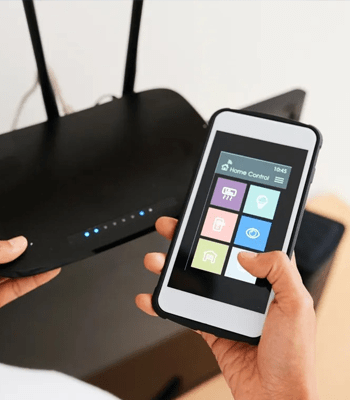
Change the Wi-Fi channel
Your router uses a specific Wi-Fi channel. If your neighbors' routers also use the same channel, it can lead to Wi-Fi congestion. Switching to a different channel can resolve this issue and significantly boost your signal quality. If this is your first time doing this, check your router's manual or look for instructions online. You can also use a Wi-Fi analyzer app to discover the least crowded channel and change your router's settings accordingly.
Keep your router firmware updated
Think of your router as a little computer. Just like you update your laptop to get new features and bug fixes, routers need updates too. These updates often include performance improvements and software patches that can boost your Wi-Fi signal. Check your router's settings and look for a "firmware update" option or visit your manufacturer's website. If a new update is available, install it to keep your router running at its best and make your Wi-Fi stronger and more secure.
Protect your Wi-Fi network
You probably already know this, but it's essential to have a password for your Wi-Fi network. An unsecured Wi-Fi network exposes you to security risks and allows unauthorized users to hog your bandwidth, which can slow down your connection. Protect your network with a strong password and encryption to keep away hackers and unwanted guests.
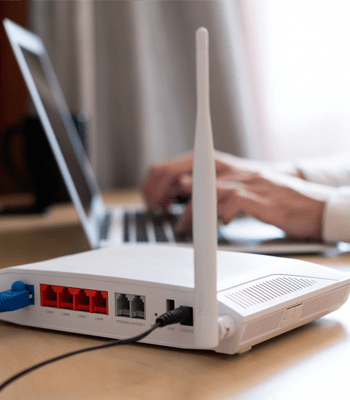
Get a Wi-Fi range extender or mesh Wi-Fi system
A Wi-Fi range extender or a mesh Wi-Fi system can be a game-changer for larger homes or spaces with Wi-Fi dead zones. Wi-Fi dead zones are areas where the signal is weak or non-existent. A Wi-Fi range extender picks up the existing Wi-Fi signal and retransmits it, extending the network's coverage to reach previously weak or inaccessible areas. On the other hand, a mesh Wi-Fi system consists of multiple interconnected devices called nodes that work together to create seamless and extended Wi-Fi coverage in every corner of your home.
Upgrade your router
If you're still using an old, outdated router, it might be time for an upgrade. Consider investing in a new router that supports the latest Wi-Fi standards. These devices typically offer enhanced speeds and better signal penetration through obstacles, which means faster and more reliable wireless network.
We hope these tips will help you get a better Wi-Fi connection between your router and all your devices. And if you are experiencing any device-related issues, such as a cracked phone screen, a water-damaged laptop, or a malfunctioning tablet, we've got you covered! Our expert team is here to assist you with comprehensive and affordable device repair solutions. Don’t wait –
get a repair quote today!
